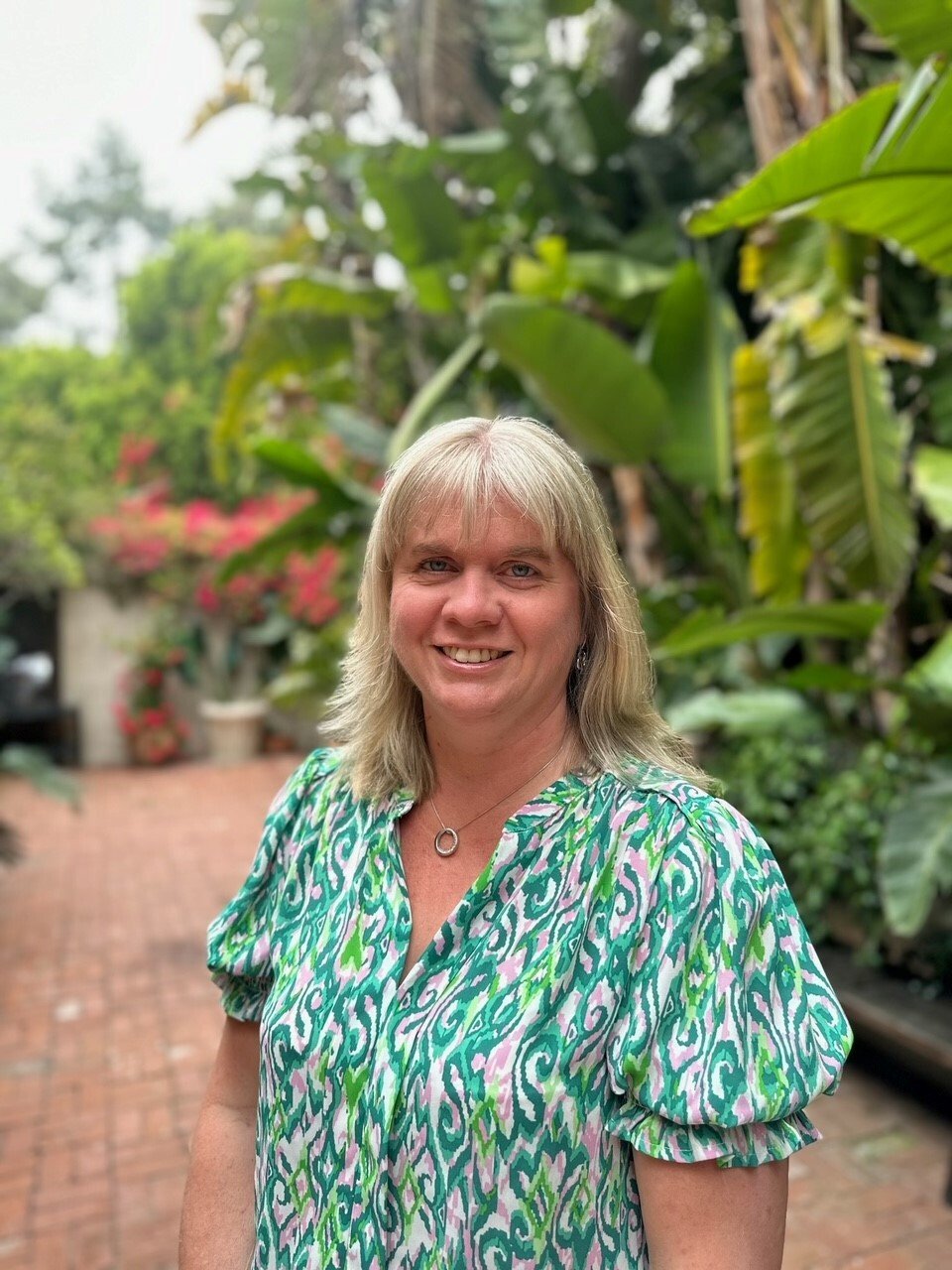- Privacy Policy
- Terms & Conditions
- Contact us
- ©Isabel Healthcare 2025
Sudden Infant Death Syndrome – Where are we now in 2016?
Sudden Infant Death Syndrome (SIDS) which is also known ‘cot death,’ is the sudden, unexpected and unexplained death of a baby for no obvious reason. Sometimes a post mortem can reveal a cause of death, but the deaths which remain unexplained after post mortem are recorded as a Sudden Infant Death. The number of SIDS death has fallen over the past 25 years and currently there are around 247 unexplained infant deaths of babies and toddlers every year in the UK. It still accounts for a quarter of all deaths between 1 month and 1 year of age in the UK.
Anne Diamond and the Back to Sleep Campaign
The terms cot death, sudden infant death and SIDS was recognised in the UK as a registered cause of death in 1971. From this time until 1982 there was an increasing interest and recognition of cot deaths. The cot death rate rose to 2.1 per thousand live births in 1988.
 In 1991, Anne Diamond, a UK TV presenter who was at the height of her fame, lost her son Sebastian to a cot death one night and she received a lot of unwanted media attention as the family grieved. As the months went on, however, Anne began researching SIDS and found that for many years, experts had recommended infants should sleep on their tummies to prevent reflux, and this was still the official advice. She then visited the Foundation for the Study of Sudden Infant Death (the Lullaby Trust) shortly after Sebastian died and found them connecting “sleep position” with cot death. Shortly after this, research was published in many countries, including the UK, which showed that putting babies to sleep on their backs was a major factor in reducing infant mortality. Anne was instrumental in setting up a working party to advise the government on research into SIDS, and from there she secured support of UK health professionals and raised funding to begin a national Back to Sleep Campaign with the National Childbirth Trust (NCT), to ensure the message got out that babies should be put to sleep on their back instead of their front. The government launched its own campaign to reduce SIDS 2 years later in 1993.
In 1991, Anne Diamond, a UK TV presenter who was at the height of her fame, lost her son Sebastian to a cot death one night and she received a lot of unwanted media attention as the family grieved. As the months went on, however, Anne began researching SIDS and found that for many years, experts had recommended infants should sleep on their tummies to prevent reflux, and this was still the official advice. She then visited the Foundation for the Study of Sudden Infant Death (the Lullaby Trust) shortly after Sebastian died and found them connecting “sleep position” with cot death. Shortly after this, research was published in many countries, including the UK, which showed that putting babies to sleep on their backs was a major factor in reducing infant mortality. Anne was instrumental in setting up a working party to advise the government on research into SIDS, and from there she secured support of UK health professionals and raised funding to begin a national Back to Sleep Campaign with the National Childbirth Trust (NCT), to ensure the message got out that babies should be put to sleep on their back instead of their front. The government launched its own campaign to reduce SIDS 2 years later in 1993.
The health campaign was extremely successful. Figures from the Lullaby Trust show in 1989 there were 1,545 SIDS cases in the UK. In 1992, the year after the Back to Sleep campaign was launched, this figure fell to 647. That’s an incredible 58% decrease in infan cot deaths, from an extremely simple message, which cost nothing to implement except a behaviour change from health professionals to parents. Anne suffered from the media when Sebastian died from invasion of her privacy but as she was so well known the media also helped her to spread the message and drive a very successful health promotion campaign.
To find out more about Anne Diamond’s story watch here:
SIDS Risk Factors
Although there is still a lot of mystery surrounding SIDS, we do know much more than we did in 1991. Peak incidence of SIDS occurs between 1 and 3 months of age although events can occur in babies up to 12 months of age. We also now know that risk factors can be:
- exposure to tobacco smoke (pre and postnatal)
- prone (tummy) and side sleeping
- bed-sharing during sleep
- a sleeping environment which includes soft mattress or sofa, which can also increase the risk of suffocation
- overheating by placing too many layers of clothes or bedding on a baby
- viral infections, especially colds and congestion
SIDS Prevention
There are certain measures you can take to help protect against and prevent SIDS.These include:
- Avoiding prenatal and postnatal smoke exposure
- Placing an infant on their back and not on their front when sleeping
- Ensuring a safe sleeping environment using firm mattresses with tightly fitted sheets. Do not overwrap the baby in sheets and clothing, do not sleep with the baby in sofas and armchairs or using pillows
- Leaving the baby’s head exposed and not covered when sleeping
- Avoiding bed-sharing where possible, as it increases the risk with a child under three months, especially with a parent who has consumed alcohol, drugs or who smokes
- Use of a pacifier during sleep
- Immunisation against illnesses and infections
- Breastfeeding, as this helps with respiratory function and quality of sleep.

Graph showing 2.1 SIDS deaths per 1000 live births in 1988 and reduction after Back to Sleep campaign in 1991 to 0.7 in 1992.
Further Reading:
Back to Sleep: The doctor who helped stem a cot death epidemic
Support Groups:

Mandy Tomlinson
Mandy has worked for Isabel Healthcare since 2000. Prior to this, she was a Senior Staff Nurse on the Pediatric Infectious disease ward and high dependency unit at one of London's top hospitals, St Mary’s in Paddington which is part of Imperial College Healthcare NHS Trust. Her experience in the healthcare industry for the past 33 years in both the UK and USA means she's a vital resource for our organization. Mandy currently lives and works in Scottsdale, Arizona.
Subscribe Here!
Recent Posts
Isabel DDx Companion with ChatGPT Integration - to help you diagnose even faster
At Isabel Healthcare, we’ve always been driven by one goal: to make clinical reasoning faster,..Virtual Triage: Do more questions lead to better patient outcomes?
One of the common misconceptions related to virtual triage / symptom checker tools is that the more..List Of Categories
- Differential Diagnosis Decision Support
- Differential diagnosis
- Symptom Checker
- Symptoms
- Medical Error
- Patient Disease Information
- Disease
- Clinical Decision Support
- Diagnostic Decision Support
- Isabel 1 Minute Read
- Diagnosis Error
- Diagnosis Skills Cases
- Healthcare Informatics
- Clinical Reasoning
- Evidence-based Medicine
- Medical Education
- Patient Engagement
- Symptom Triage
- Nurse Practitioner Education
- Nursing Decision Support
- Partnership
- Public Health
- COVID-19
- EHR
- Patient Empowerment
- Patient Safety
- rare disease

Start your FREE Trial today
Try the Isabel Pro DDx generator for 30-days - no payment card details required.



